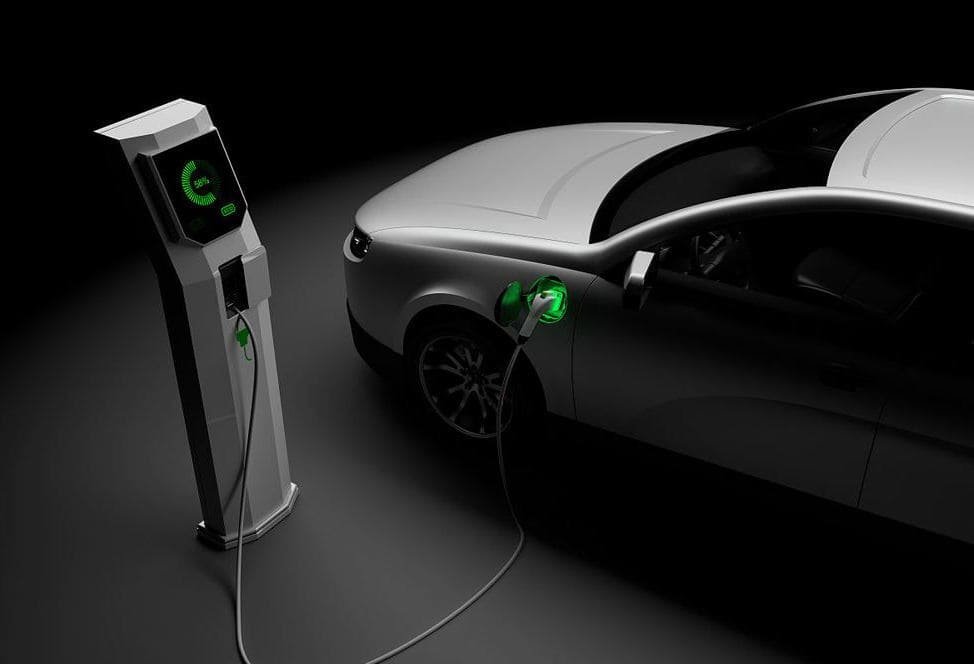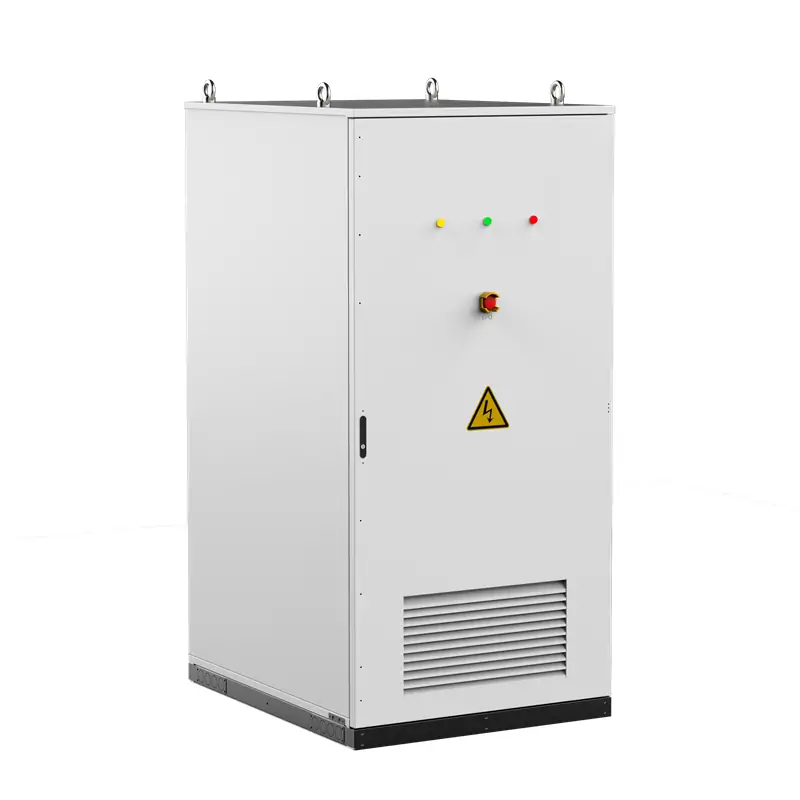What is Battery SOC(State of Charge) and SOH(State of Health)?
SOC and SOH are two important parameters of a battery. They are related to the performance and state of the battery.
Simply put, SOC is the ratio of the remaining capacity of the battery to the maximum capacity of the battery, which is used to reflect the remaining capacity of the battery. SOH is the ratio of the current full-charge energy of the battery to the full-charge energy of the brand-new battery, which is used to reflect the aging state of the battery.
Let’s take a closer look at the meaning of SOC and SOH, measurement methods, factors affecting them, and other aspects!
Table of Contents
What is Battery SOC(State of Charge) ?
SOC stands for State of Charge. It is the ratio of the battery’s current remaining capacity to its maximum capacity, usually expressed as a percentage. 100% means the battery is fully charged, while 0% means the battery is completely depleted. For example, a 100Ah battery has a SOC of 100% when fully charged. When 30% of the battery capacity is used, the battery has 70% of its capacity remaining, and the SOC of the battery is 70% at this time.
SOC is an important parameter to measure the battery power status. The SOC allows you to understand the battery status of your device and charge it in time to avoid over-charging and over-discharging.

The SOC of a battery usually also takes into account the aging of the battery. As shown above, when the battery is brand new, there is no red aging invalid part. At this time the nominal capacity of the battery is the maximum capacity of the battery. For example, a brand new battery with a nominal capacity of 100ah has a SOC of 100% when fully charged, which means that the battery has a remaining capacity of 100ah. 35% SOC means that the battery has a remaining capacity of 35ah.
When the battery is used for a period of time, the aging condition occurs and the aging portion of the battery no longer stores power. At this time, the maximum capacity of the battery is the nominal capacity of the battery minus the aging part of the power. For example, a battery with a nominal capacity of 100ah is no longer able to store 100ah of power as it used to after aging. If the ineffective portion is 10ah, the battery can only store a maximum of 90ah. At this time, the SOC of a fully charged battery is still 100%, but the actual battery capacity is 90ah. when the SOC is 70%, the remaining capacity of the battery is the maximum capacity * 70%, i.e. 90ah * 70% = 63ah.
Importance of Battery SOC(State of Charge)
SOC as one of the important parameters of the battery, understanding the SOC can better understand the state of the battery, better maintenance and use of the battery.
Monitoring SoC can optimize battery usage to prevent over-discharging or over-charging. Over-discharging a battery can lead to permanent capacity loss, while over-charging can lead to accelerated battery aging and even safety issues. By keeping the SoC within recommended limits, users can extend the overall life of the battery and ensure reliable performance. For example, by understanding the SOC of an EV battery, users can know exactly how much power they have left in their EV and how many miles they can continue to use in a timely manner. This allows for better planning of their trips and also helps to maximize battery performance, prevent damage and ensure safe operation.
In addition, when lithium-ion batteries are shipped, the manufacturer sets the SOC within a certain range according to the requirements of international transportation organizations. This allows for safer transportation of lithium-ion batteries.
How to measure Battery SOC(State of Charge)?
1. Coulomb counting
This method involves measuring the values of the currents flowing into and out of the battery and integrating them over time to calculate the SOC. It allows for a direct measurement of the charge going into and out of the battery, but is affected by factors such as temperature and self-discharge.

2. Open Circuit Voltage (OCV) Method
This method utilizes the relationship between the open circuit voltage of the battery and the SOC for estimation. The SOC is determined by measuring the voltage of the battery when it is not loaded, and then according to the pre-determined voltage-SOC curve. however, different types of batteries have different chemical compositions and different discharge performance. For example, LiFePO4 and Nimh batteries have a relatively flat discharge curve, and the voltage method is not effective.
3. Impedance-based approach
This approach relies on the internal impedance of the battery, which varies with the SOC. By measuring the impedance of the battery, the SOC can be estimated using complex algorithms and models.
4. Hybrid methods
Some battery management systems (BMS) combine multiple techniques to provide more accurate and reliable SOC values. This can compensate for the limitations of individual methods and provide a more comprehensive assessment of the battery’s SOC.
The choice of SOC measurement method depends on the specific application, the cell chemistry, and the required accuracy and reliability. In many cases, a combination of these techniques is required to obtain the best SOC estimate.
Factors affecting Battery SOC(State of Charge)
1. Discharge rate
The discharge rate of a battery affects its SOC; a higher discharge rate causes the battery to deplete faster and therefore the SOC drops faster.
2. Temperature
Ambient temperature can have an effect on the SOC of a battery. Extreme temperatures, both high and low, reduce battery capacity and affect the accuracy of SOC measurements.
3. Battery chemistry
Different batteries have different chemical compositions, such as lithium-ion, lead-acid or nickel-metal hydride batteries, and they have different curves of voltage and SOC, all of which affect their SOC estimation.
4. Aging
Factors such as cycle life, calendar life and usage patterns all contribute to battery aging. As batteries age, their total capacity decreases, which affects the accuracy of SOC calculations.
5. Self-discharge
Even when not in use, batteries can self-discharge and gradually lose their charge. This can have an impact on the SOC, especially if the battery is stored for a long period of time.
6. Measurement accuracy
The accuracy of SOC measurement techniques can be affected by factors such as sensor accuracy, calibration and algorithm performance.

What is Battery SOH(State of Health)?
SOH stands for State of Health. It is the ratio of the current battery’s full charge energy to the full charge energy of a brand new battery, and is usually expressed as a percentage. 100% indicates that the battery is in perfect condition, and lower percentages indicate varying degrees of aging. For example, a brand new battery has a capacity of 200Ah when fully charged, and the SOH is 100%. After a period of use, the capacity of the battery declines, and the capacity is 180ah when fully charged, then the SOH is 180/200*100%= 90%.
SOH reacts to the aging state of a battery over time and use. SOH provides a more comprehensive assessment of the overall condition of a battery than SOC.
SOH is also closely related to the cycle life of a battery. According to IEEE (Institute of Electrical and Electronics Engineers) standards, a battery should be replaced after a period of time when the capacity of the battery when fully charged is less than 80% of the rated capacity. Therefore, battery manufacturers basically measure the cycle life of a battery at its 80%SOH.
Importance of Battery SOH(State of Health)
As a battery ages, its SOH value decreases, indicating a decline in performance. By knowing the SOH value, users can keep track of the battery’s health status and predict the battery’s remaining service life, so that the battery can be replaced or repaired in a timely manner to avoid unexpected failures.
Battery management systems (BMS) in electric vehicles and energy storage systems use SOH information to optimize charging and discharging protocols, balance the battery, and prevent overheating or other safety issues. This helps maximize the performance of the battery, extend its life, and ensure that it operates safely and reliably.

How to measure Battery SOH(State of Health)?
Measuring SOH based on battery capacity is operational and relatively simple. The current capacity of the battery is measured and compared to the original or rated capacity to determine the SOH of the battery.This can be accomplished by charge/discharge cycling or by using specialized test equipment.
Some battery management systems incorporate a variety of technologies and algorithms to provide more accurate, reliable SOH values and a more comprehensive assessment of the battery’s health.
Accurate SOH measurements typically require specialized equipment, regular calibration, and an in-depth knowledge of battery characteristics and behavior. In some cases, SOH values may need to be verified through physical inspection or destructive testing to ensure the reliability of the measurement.
Factors affecting Battery SOH(State of Health)
1.Cycle life
As we mentioned earlier, battery manufacturers basically measure the cycle life of a battery at 80% of its SOH.
2. Calendar life
Even when not in use, batteries age due to chemical reactions and other factors. So even if a battery is not used frequently, it will experience calendar life degradation, which will affect its SOH.
3. Temperature
Exposure to high temperatures accelerates the rate of chemical reactions and physical changes within the battery, leading to accelerated battery aging. Conversely, low temperatures can also affect the performance and life of the battery. Therefore, temperature affects the SOH of the battery.
4. Depth of Discharge (DOD)
The depth of discharge of a battery affects its SOH. Frequent deep discharges (i.e., discharging the battery to a lower SOC) cause the battery to age more quickly than shallow discharges.
5. Charging and Discharging Rates
The rate at which a battery is charged and discharged also affects its SOH. Excessive or rapid charging/discharging generates heat, which puts stress on the internal components of the battery, thus accelerating battery deterioration.
6. Manufacturing quality
The quality of the battery manufacturing process, including the materials used and assembly techniques, also affects the SOH and reliability of the battery.
In conclusion, it is important to know the SOC and SOH of the battery. For users, they can grasp the status of the battery and use and maintain it better. For manufacturers, they can continuously update their products and technologies to produce better performing batteries.






